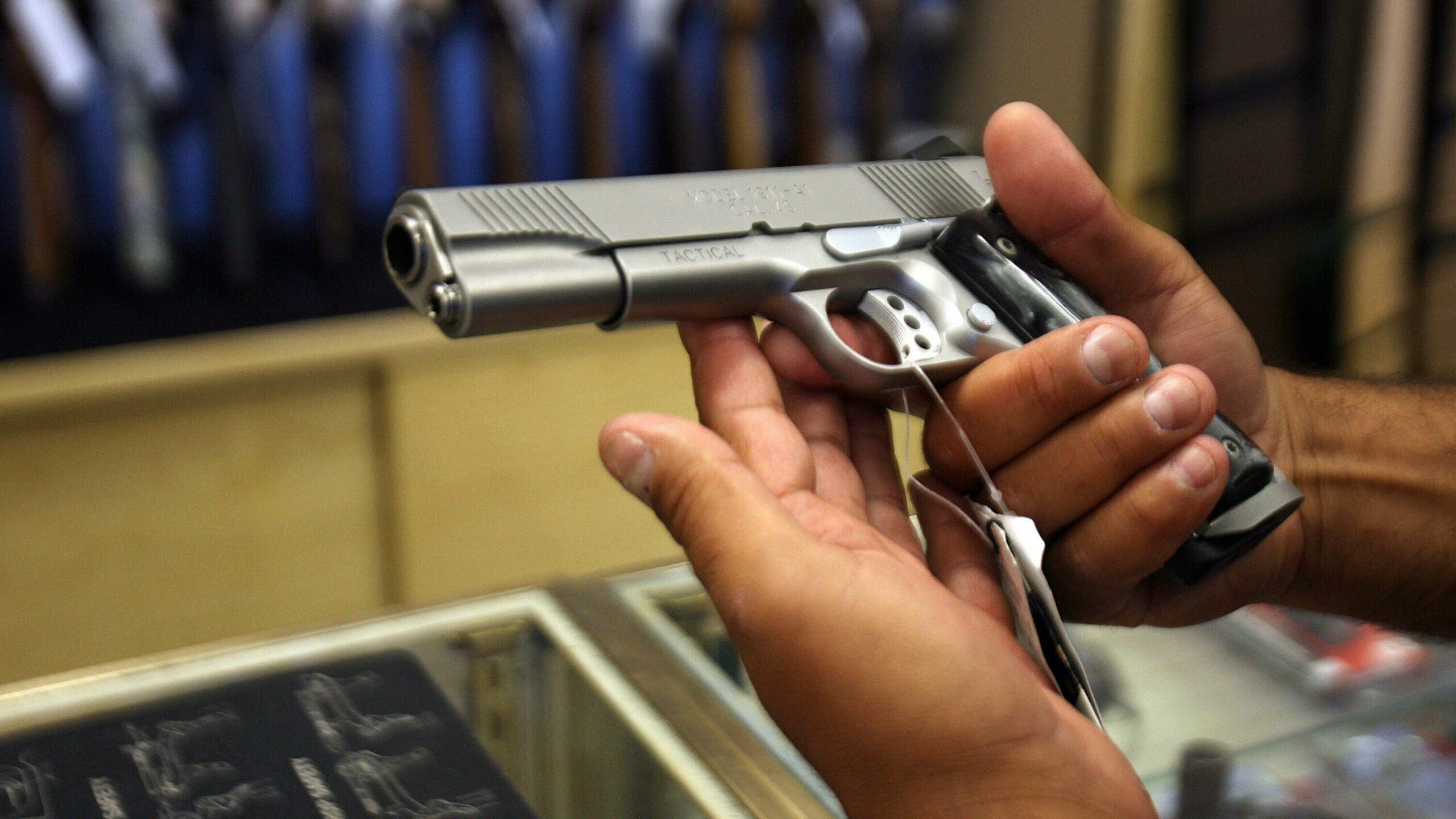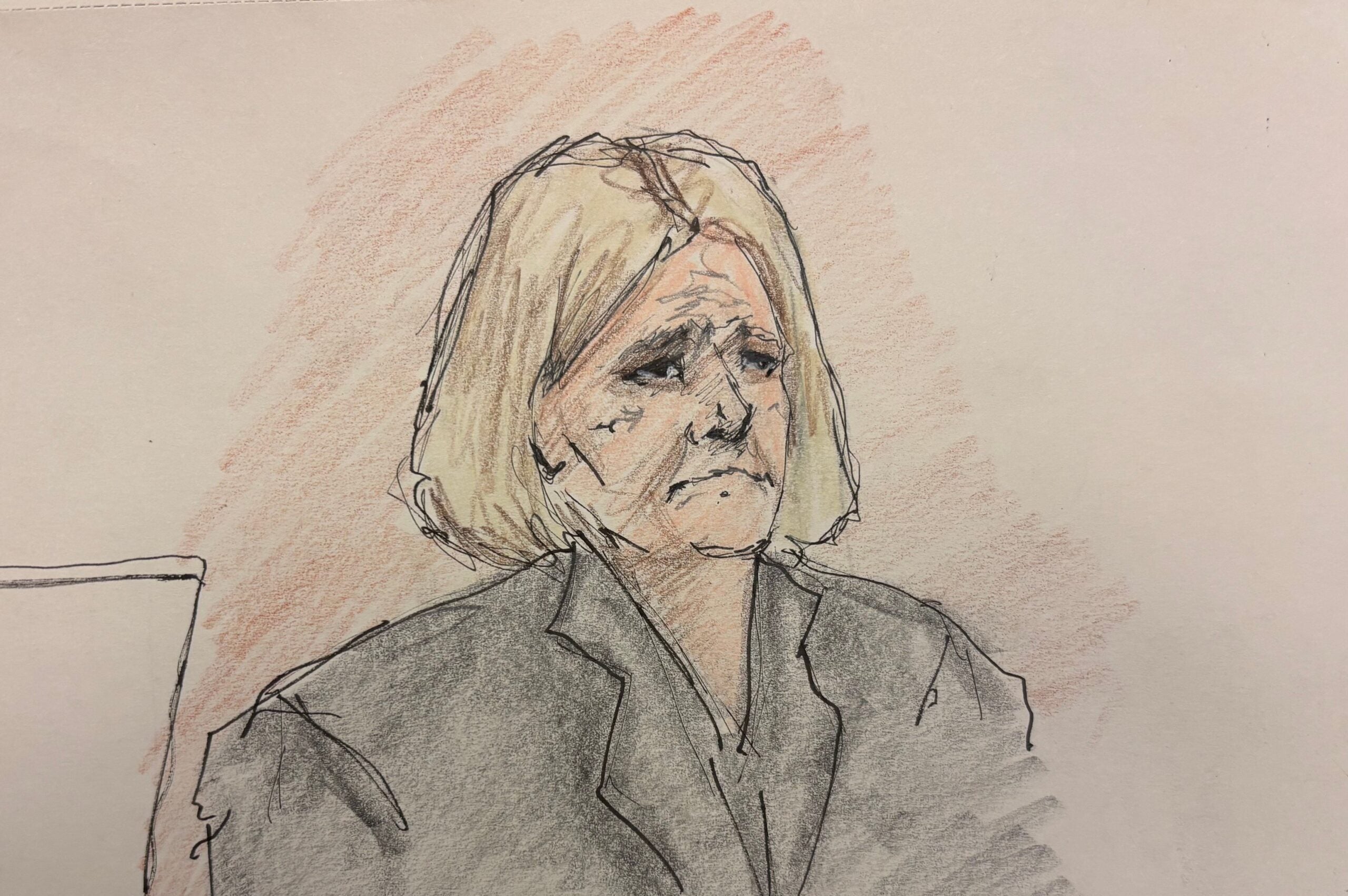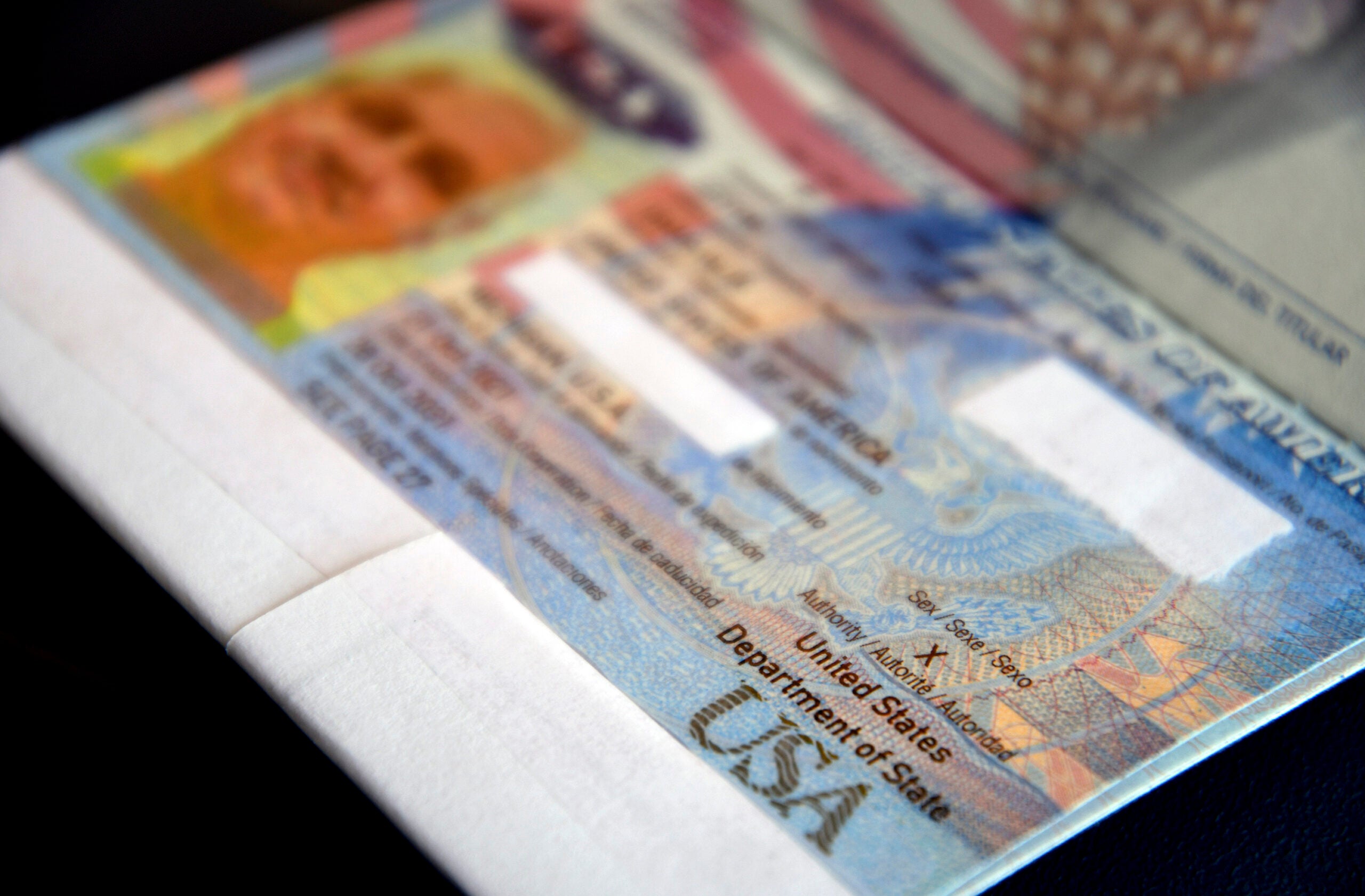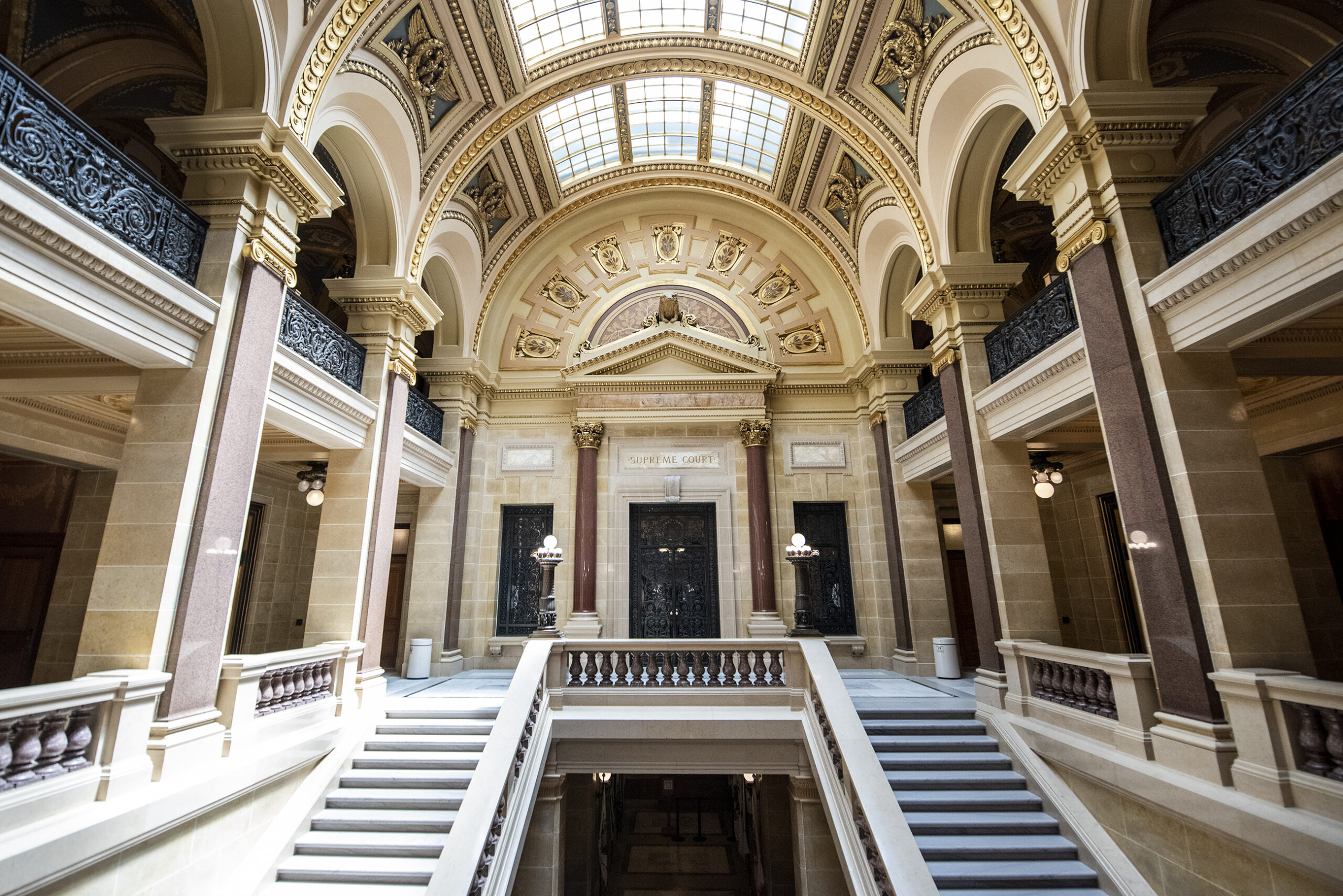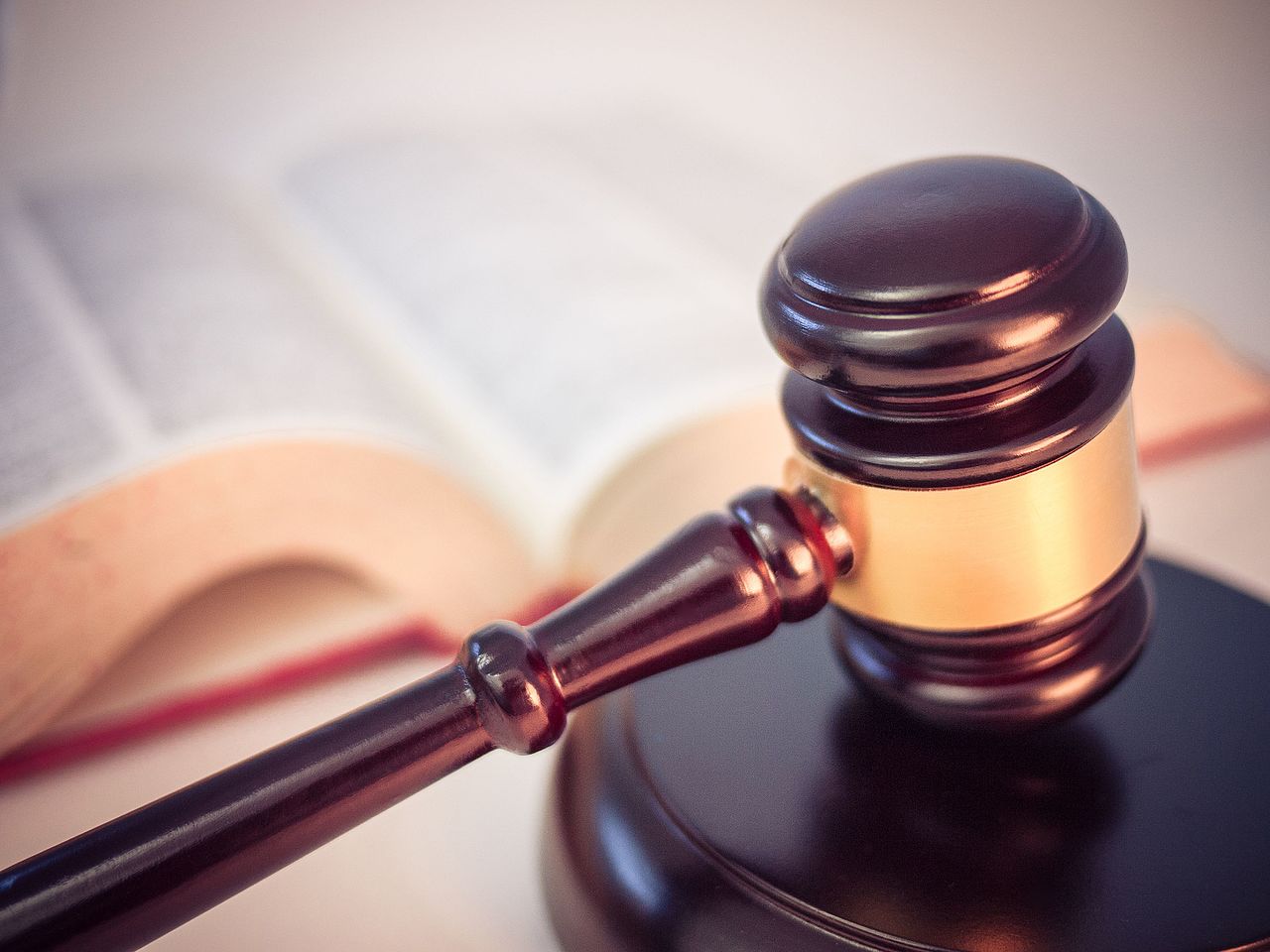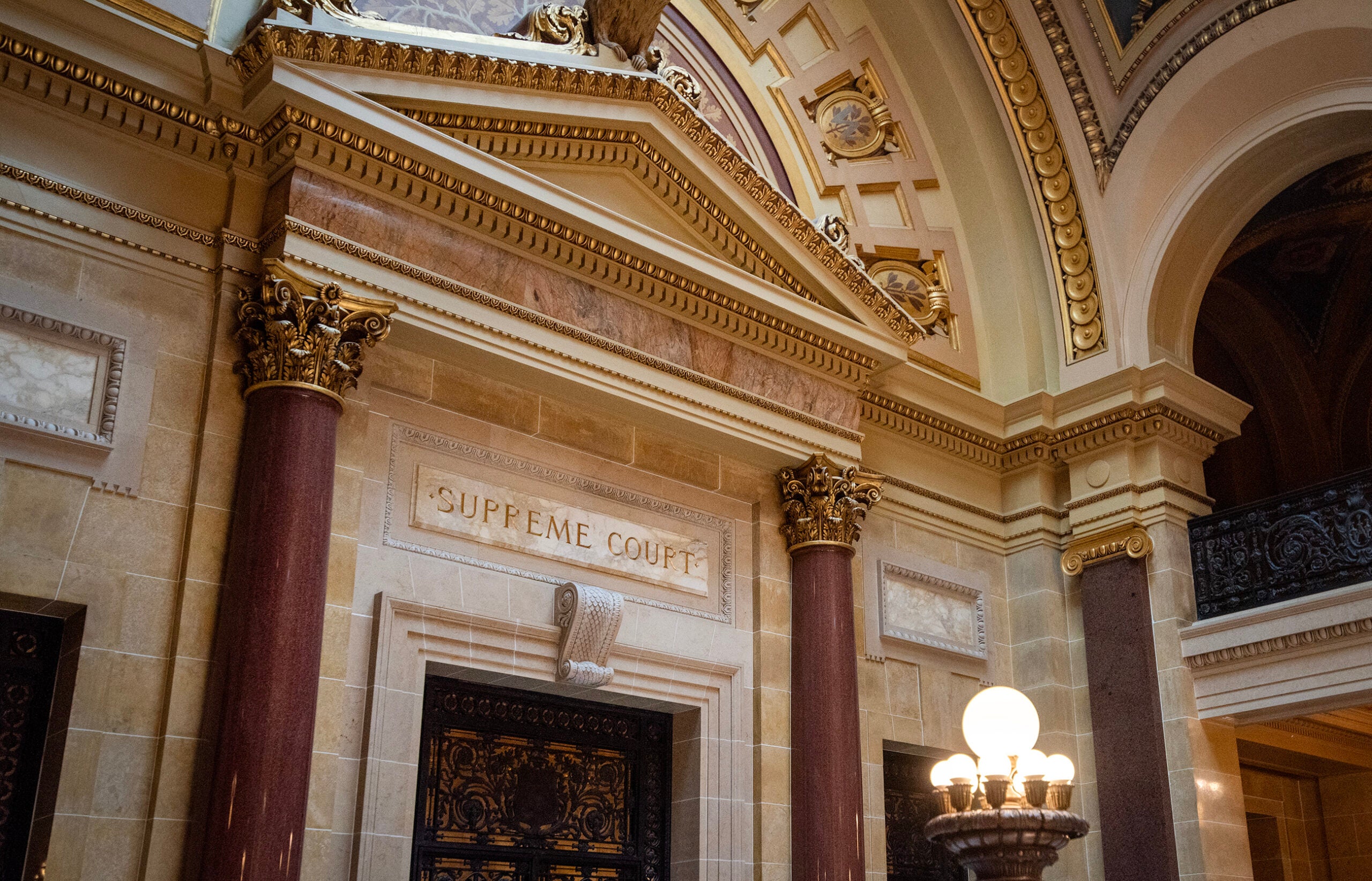Gun owners in California can no longer carry firearms into amusement parks, museums, churches, zoos, banks, public parks or a whole slew of other places, even if they have a concealed carry permit.
Those restrictions are part of a new state law that took effect this week, and it is already facing scrutiny in the courts.
Last month, a U.S. district judge blocked the law from taking effect, calling it “repugnant to the Second Amendment.” But a federal appeals court put a temporary hold on that ruling over the weekend, allowing the law to proceed for now.
News with a little more humanity
WPR’s “Wisconsin Today” newsletter keeps you connected to the state you love without feeling overwhelmed. No paywall. No agenda. No corporate filter.
UCLA law professor Adam Winkler is the author of the book, Gunfight: The Battle Over The Right To Bear Arms In America and speaks with All Things Considered host Mary Louise Kelly about what this new law means — and why any new laws around gun safety will be hard to keep.
This interview has been lightly edited for length and clarity.
Interview highlights
Mary Louise Kelly: Where can concealed carry permit holders still carry guns in public in California with this law now in effect?
Adam Winkler: Concealed carry permit holders can carry guns in public generally. But California has identified a list of 26 places that the law calls sensitive places, like playgrounds and public parks and museums, where you cannot bring your guns. What gun owners say, however, is that when you add up all the different 26 places that are deemed sensitive, effectively it’s impossible for someone who has a permit to carry firearms to bring their guns anywhere.
Kelly: We mentioned this law is already facing all kinds of hurdles in the courts. In California, where does it go next? What are you watching for?
Winkler: I think in California, we’re really looking to the courts to provide some final guidance as to what kinds of gun laws we can have. California has been at the forefront of gun safety regulation for decades, but with the new strengthened protections for the Second Amendment coming from the U.S. Supreme Court, a lot of California’s laws and innovations are open to question. Lawmakers really need the certainty that comes from better Supreme Court guidance on what kind of gun laws are allowed under the Second Amendment and what kind of gun laws are not.
Kelly: Well, that prompts my next question, which is: Is this law — like so many others, it seems, these days — likely to end up at the Supreme Court?
Winkler: It’s always hard to know whether any particular law will go before the Supreme Court. But one thing is clear: The Supreme Court needs to provide guidance on what kinds of sensitive places guns can be prohibited from. The court has said that guns can be banned from sensitive places but hasn’t made clear what makes a place sensitive and what are the exact places where lawmakers can restrict guns.
Kelly: So when you hear the criticism that I cited as I was introducing you, the district court judge saying this law is repugnant to the Second Amendment, what do you think?
Winkler: The district judge’s ruling was not wholly surprising given the new test that the Supreme Court says gun laws must meet to be constitutionally permissible. Under the Supreme Court’s recent Second Amendment rulings, the court insists that a gun law today resemble the gun laws of the 17- and 1800s. And truth be told, we didn’t have restrictions in the 17- and 1800s on guns in playgrounds or zoos or museums. As a result, applying this new test under the Second Amendment makes it very difficult to justify some of these restrictions on sensitive places that California has adopted.
Listen to All Things Considered each day here or on your local member station for more interviews like this.
Kelly: Now, I want to note this law that has just kicked in is one of a number of new gun laws that are going into effect this week in California. Just briefly, what are some of the others?
Winkler: Well, Gavin Newsom, the California governor, has made gun safety regulation a real centerpiece of his political agenda. He’s backed ballot measures to mandate background checks for ammunition purchases and laws to limit high-capacity magazines and military-style assault rifles. In 2023, Newsom signed into law more than 20 new gun safety measures, including laws raising the age to carry a firearm in public to 21, increasing the training required for concealed carry permits and a new tax on firearms and ammunition.
Kelly: And are these other laws also facing scrutiny in the courts?
Winkler: The one thing that’s certain is that any new gun law that lawmakers adopt will be challenged in court under the Second Amendment. The Supreme Court’s new test that requires gun laws to be evocative of the gun laws of the 17- and 1800s makes it very difficult to justify any new innovations in the world of gun policy.
9(MDAyMjQ1NTA4MDEyMjU5MTk3OTdlZmMzMQ004))
© Copyright 2025 by NPR. To see more, visit https://www.npr.org.9(MDAyMjQ1NTA4MDEyMjU5MTk3OTdlZmMzMQ004))

